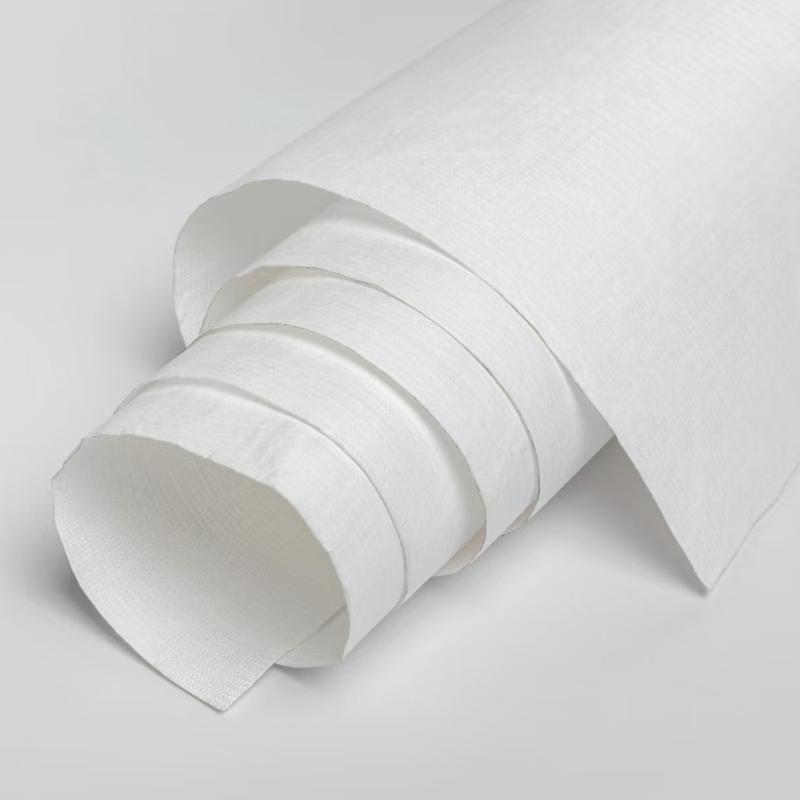
As environmental concerns continue to grow, the fashion industry is undergoing a significant transformation towards sustainability. One of the key elements in this shift is the development and use of sustainable Reflective Cloth . These fabrics are not only crucial for reducing the ecological footprint of the fashion industry but also serve as the foundation for green design practices that aim to minimize waste, conserve resources, and promote ethical production methods.
The Environmental Impact of Traditional Textiles
The production of conventional textile fabrics often involves resource-intensive processes that contribute to environmental degradation. Fabrics such as cotton, polyester, and nylon require large amounts of water, pesticides, and synthetic chemicals during their production. For example, cotton farming accounts for around 24% of global insecticide use, while polyester, a synthetic fiber derived from petroleum, is non-biodegradable and releases harmful microplastics into waterways when washed. These harmful impacts are amplified by fast fashion's rapid production cycles and increasing consumption.
Sustainable Fabrics: A Greener Alternative
In response to these concerns, sustainable fabrics have emerged as a vital solution. These materials are designed to minimize environmental harm by focusing on renewable resources, reducing chemical use, and promoting ethical labor practices. Some popular examples of sustainable fabrics include organic cotton, hemp, bamboo, and Tencel.
-
Organic Cotton: Unlike conventional cotton, organic cotton is grown without synthetic pesticides or fertilizers, reducing soil degradation and water pollution. It also uses less water due to more efficient farming techniques, contributing to significant environmental savings.
-
Hemp: Hemp is one of the most sustainable fibers available, requiring minimal water and no pesticides to grow. It is also highly durable and biodegradable, making it a practical choice for sustainable fashion. Hemp fabrics are gaining popularity for their versatility, being used in everything from clothing to accessories.
-
Bamboo: Bamboo fabrics, particularly those processed into bamboo viscose or bamboo linen, offer a sustainable alternative to traditional textiles. Bamboo grows quickly without the need for pesticides or fertilizers, and its fibers can be processed into soft, breathable fabrics that are biodegradable.
-
Tencel (Lyocell): Made from sustainably sourced wood pulp, Tencel is produced in a closed-loop process that recycles water and solvents, reducing waste and chemical runoff. The fabric is biodegradable, breathable, and soft, making it ideal for both fashion and home textiles.
Recycled Fabrics and Circular Fashion
Another significant advancement in sustainable textiles is the use of recycled materials. Recycled fabrics, such as recycled polyester, are made from post-consumer waste like plastic bottles or discarded clothing. By repurposing existing materials, the fashion industry can reduce its reliance on virgin resources and divert waste from landfills.
Circular fashion, which emphasizes the reuse, repair, and recycling of garments, further supports the idea of a sustainable fabric ecosystem. Designers are now creating fabrics that can be easily disassembled or repurposed at the end of their lifecycle, reducing waste and encouraging more sustainable consumption habits.
The Role of Green Design in Sustainable Fashion
Green design plays a crucial role in promoting the use of sustainable fabrics. It involves rethinking how garments are designed, produced, and consumed to reduce their environmental impact. This includes using energy-efficient manufacturing processes, minimizing water usage, and designing for longevity and recyclability. In addition, sustainable fashion brands often emphasize transparency, offering consumers information about the materials, labor practices, and environmental impact of their products.
Conclusion
Textile fabrics are at the heart of the sustainable fashion movement. By choosing eco-friendly fabrics and adopting green design principles, the fashion industry can significantly reduce its environmental footprint. As consumers become more aware of the impacts of their purchases, sustainable fabrics will continue to play a pivotal role in shaping a more responsible and eco-conscious fashion industry. The future of fashion lies in materials that not only look good but also do good for the planet.
